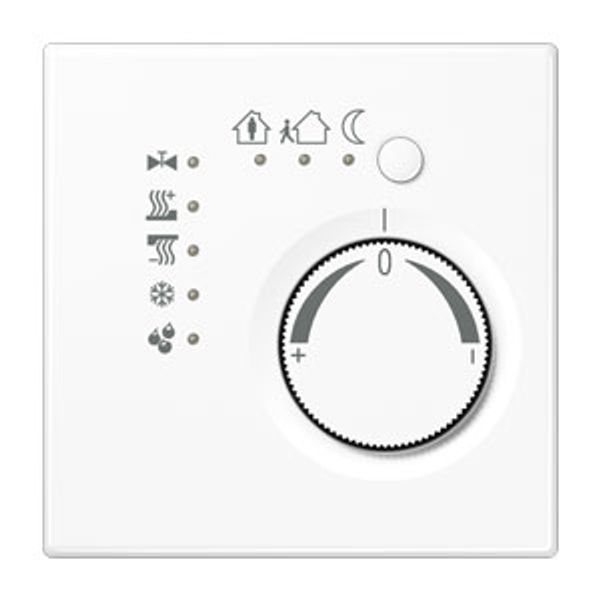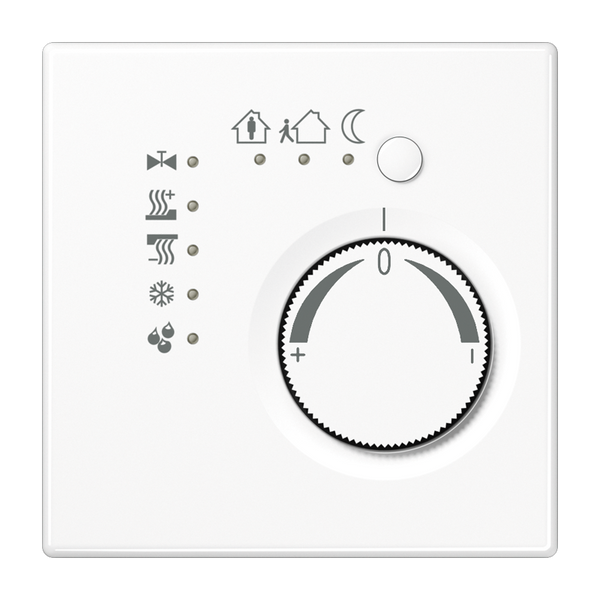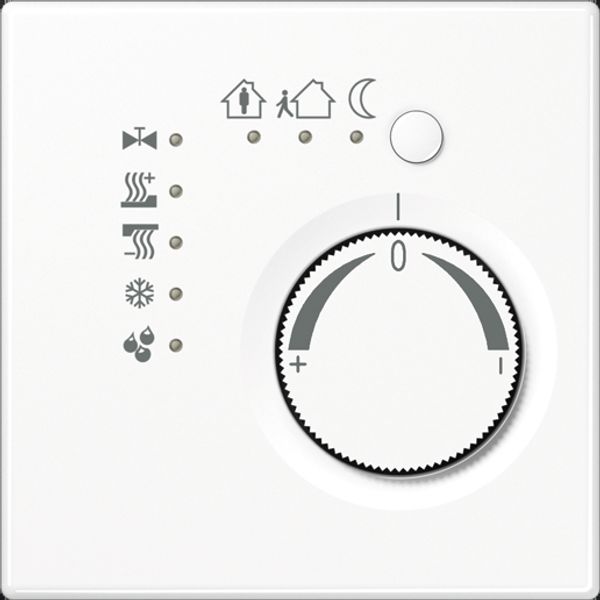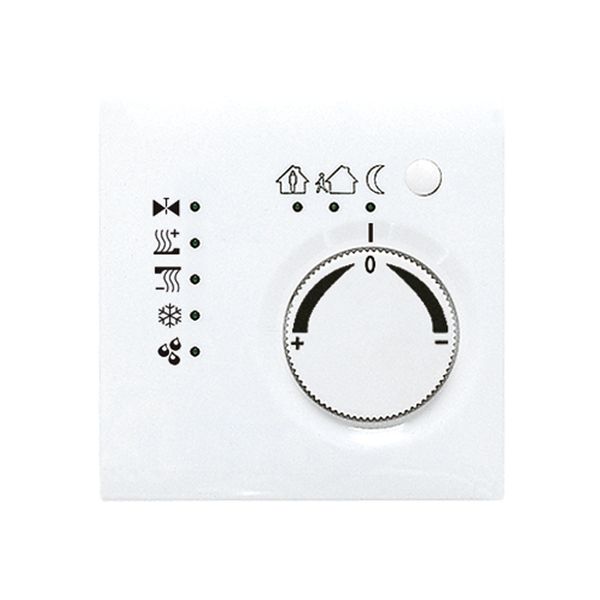Register to unlock your exclusive B2B prices and start shopping. Sign up now!
Thermostat KNX Room temperat. controller, wh.
Order only
Price (excl. VAT):
284,23 €
EAN: 4011377021501
MPN: LS2178TSWW
Package: 1
Estimate delivery time at our warehouse (approx.):
2-4 weeks
Technical Information
| Item condition | New |
| Manufacture name | Thermostat KNX Room temperat. controller, wh. |
| Brand | Jung |
| Categories |
Bus System Devices (KNX/Modbus)
|
| Country of origin* | DE |
| * The actual country of origin may differ depending on the delivery batch. To confirm the specific country of origin, please contact your account manager. | |
| Harmonized System Code | 9032 1020 00 |
| Assembly arrangement | Control element |
| Bus system KNX | Yes |
| Bus system radio frequent | No |
| Bus system Powernet | No |
| With bus connection | Yes |
| Bus system LON | No |
| Bus system KNX radio | No |
Packing details
| Packing level 1 | 4011377021501, 4011377021501 |
| Packing level 2 | 4011377021501 |
Other Technical data
| Mounting method | Flush mounted (plaster) |
| Colour | White |
| Surface protection | Other |
| With display | No |
| Material quality | Thermoplastic |
| Material | Plastic |
| With anti-theft/dismantling protection | Yes |
| Manual set point setting | Yes |
| Parallel-service possible | Yes |
| Presence button | Yes |
| RAL-number (similar) | 9016 |
| Degree of protection (IP) | IP20 |
| With LED indication | Yes |
| Transparent | No |
| Surface finishing | Glossy |
| With local operation | Yes |
| Standby power consumption (solstandby) | 0.01 W |
| Min. depth of built-in installation box | 0 mm |
| External sensor | No |
Description
Controls room temperature via KNX bus system.Flush-mounted with local operation and presence button for manual setting adjustments.Integrated LED indication simplifies usage. White thermoplastic construction, glossy finish akin to RAL 9016.Surface protection classified as "other". Minimum installation box depth:0 mm.Degree of protection rated at IP20, not suitable for wet conditions.Operates as a control element in systems requiring KNX bus connectivity;parallel-service enabled.Anti-theft/dismantling protection present—reliable mechanic fitout ensures longevity in installs. Standby power consumption holds steady at 0.01 W for energy efficiency during idle states.Designed without transparency or external sensors—solid-build intentional simplicity keeps focus on direct functionality over ancillary feature disruptions.
Accessories
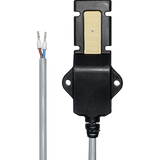
Order only
Jung
Leakage sensor LES01
90,69 €
EAN: 4011377158283
MPN: LES01
Box: 1
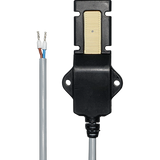
Order only
Jung
Condensation sensor BTS01
90,69 €
EAN: 4011377158290
MPN: BTS01
Box: 1
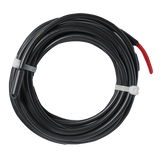
Order only
Jung
Remote sensor FFNTC
24,41 €
EAN: 4011377206977
MPN: FFNTC
Box: 1
